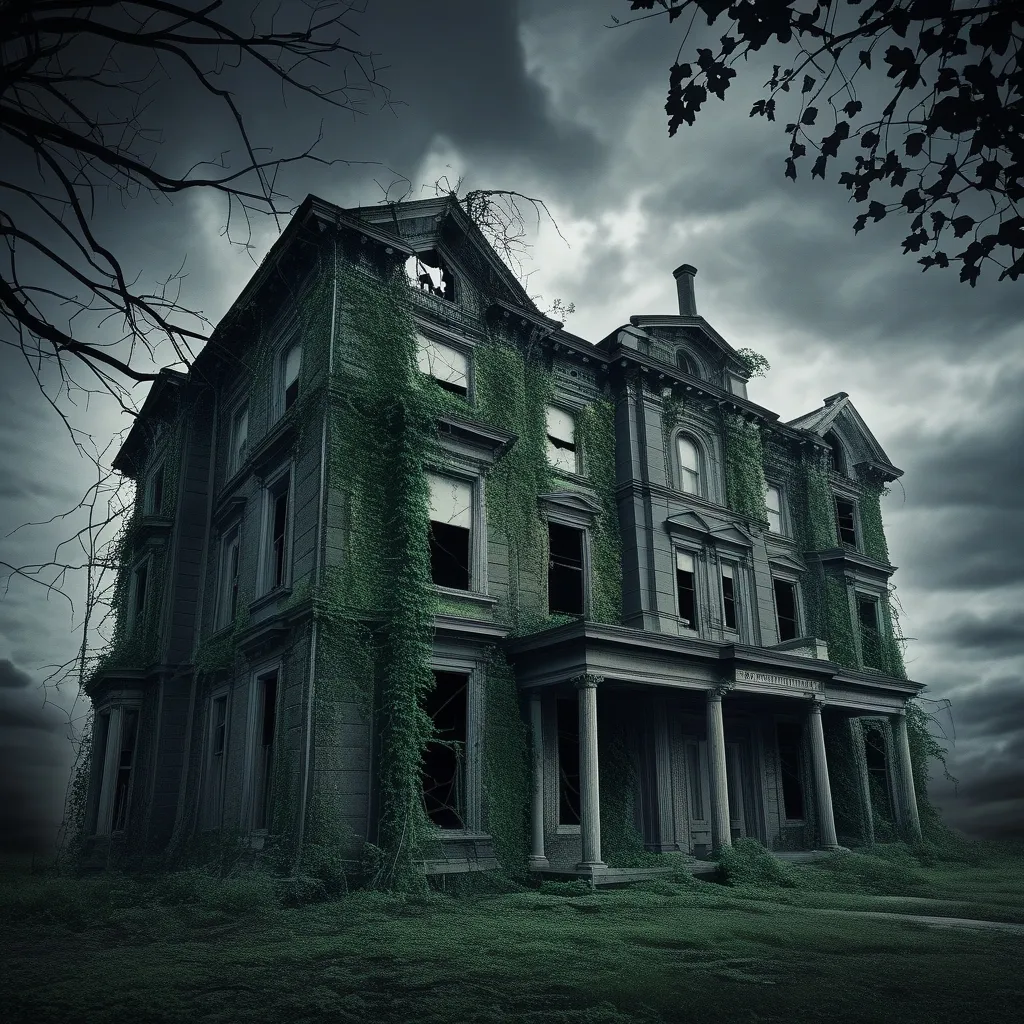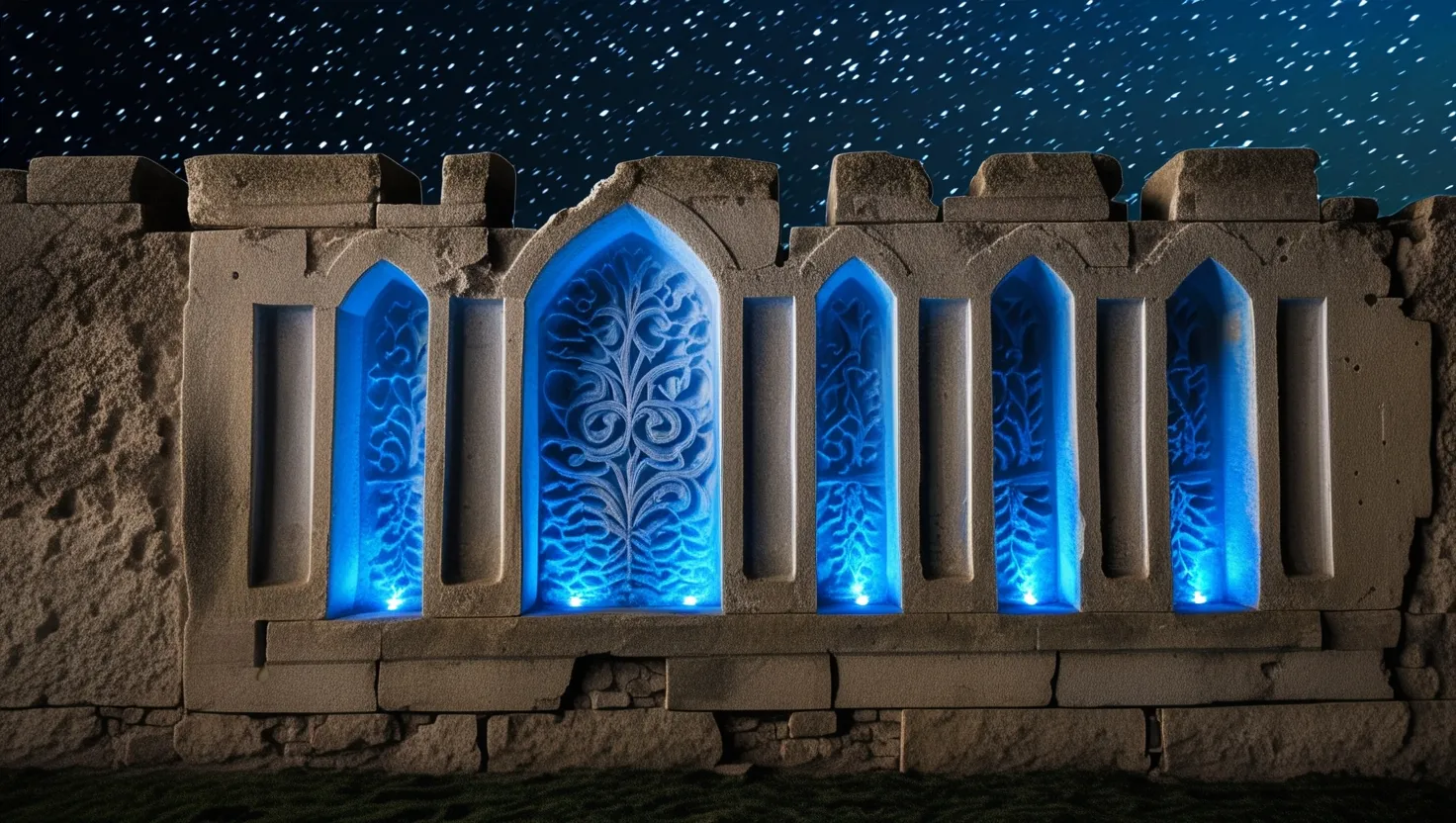Abandoned Asylums: Unveiling the Truth Behind the Haunted Walls
When you hear the words “abandoned asylum,” your mind might conjure up images straight out of a horror flick. Creepy corridors, rusted medical equipment, and the echoes of tortured souls. But hold up - there’s way more to these places than just ghost stories and cheap thrills.
Let’s peel back the layers and take a closer look at what really went down in these institutions. Trust me, the truth is even more fascinating (and sometimes more disturbing) than fiction.
Back in the day, asylums were actually built with good intentions. I know, hard to believe, right? The idea was to create safe havens for people struggling with mental health issues. A place where they could get the care and treatment they needed, away from the harsh judgments of society.
But as we all know, the road to hell is paved with good intentions. What started as a noble cause quickly spiraled into a nightmare for many patients. Overcrowding, underfunding, and a serious lack of understanding about mental health led to some pretty horrific practices.
Picture this: You’re walking down a dimly lit hallway, the walls covered in peeling paint and graffiti. The air is thick with the smell of decay and forgotten dreams. Each step you take echoes through the empty rooms, carrying whispers of the past. It’s enough to give anyone the creeps.
But here’s the thing - those whispers aren’t just the product of overactive imaginations. They’re the echoes of real people who suffered within these walls. People who were subjected to cruel treatments like electroshock therapy, lobotomies, and forced sterilizations. All in the name of “medical research.”
It’s easy to look back now and shake our heads in disbelief. How could anyone think this was okay? But we have to remember that at the time, this was considered cutting-edge science. They thought they were helping. And that’s perhaps the scariest part of all.
Now, I’m not gonna lie - there’s definitely an eerie vibe to these abandoned asylums. It’s like the walls have absorbed all the pain and suffering that went down there. Some folks swear they can feel the residual energy of all those lost souls.
But here’s where we need to pump the brakes a bit. All those haunted asylum tours and horror movies? They’re doing more harm than good. Sure, they might give you a good scare, but they’re also perpetuating some pretty harmful stereotypes about mental illness.
Mental health issues aren’t something to be feared or mocked. They’re real conditions that affect millions of people, including probably someone you know. When we treat asylums like spooky funhouses, we’re trivializing the experiences of those who’ve actually spent time in psychiatric facilities.
And let’s be real - for many people, modern psychiatric hospitals have been lifesavers. I’m talking about folks who’ve battled eating disorders, depression, or other serious mental health conditions. These places provided them with the care and support they needed to get back on their feet.
So yeah, it’s a bit of a mixed bag. On one hand, we’ve got this dark history of abuse and neglect. On the other, we’ve got stories of hope and healing. It’s complicated, just like mental health itself.
Now, I’m not saying we should forget about the spooky side of abandoned asylums altogether. There’s definitely something fascinating about exploring these old buildings. But maybe we can approach it with a bit more respect and understanding.
Instead of focusing on cheap scares, why not turn these places into museums? We could use them to educate people about the history of mental health treatment. Show how far we’ve come, but also remind us of how far we still have to go.
Because let’s face it - while things have improved a lot since the days of straitjackets and padded cells, we’re still not where we need to be when it comes to mental health care. There’s still stigma, still misunderstanding, still people falling through the cracks.
When you really think about it, the most haunting thing about these abandoned asylums isn’t the possibility of ghosts. It’s the reminder of how society has treated its most vulnerable members. It’s a wake-up call to do better, to be more compassionate, to fight for better mental health care for everyone.
So the next time you hear about an abandoned asylum, try to look beyond the creepy facade. Think about the real people who lived and died there. The treatments they endured, both good and bad. The progress we’ve made, and the work that still needs to be done.
These old buildings aren’t just relics of a bygone era. They’re silent witnesses to a chapter of our history that we can’t afford to forget. They remind us of the power of good intentions gone awry, and the importance of constantly questioning and improving our approach to mental health care.
In a way, these abandoned asylums are like time capsules. They preserve a moment in history when our understanding of mental health was still in its infancy. Walking through those empty halls is like stepping back in time, experiencing firsthand the evolution of psychiatric care.
It’s a sobering experience, to say the least. You can almost feel the weight of all those lost years, all those lives impacted by misguided treatments. But at the same time, it’s a testament to human resilience. Despite everything, people survived. They fought. They paved the way for the better treatments we have today.
And let’s not forget the staff who worked in these places. Not all of them were cruel or uncaring. Many genuinely wanted to help but were limited by the knowledge and resources of their time. It’s a reminder that even with the best intentions, we can still cause harm if we’re not careful.
The story of abandoned asylums is also a lesson in the dangers of isolation and segregation. These institutions were often built far from population centers, effectively cutting off patients from the rest of society. It’s a practice we now recognize as harmful, but at the time, it was seen as necessary.
Today, we understand that community integration is crucial for mental health recovery. We’ve moved away from the idea of locking people away and towards providing support within their own communities. It’s a huge step forward, but one that wouldn’t have happened without learning from the mistakes of the past.
There’s also something to be said about the architecture of these old asylums. Many were built in the “Kirkbride Plan” style, with long, rambling wings designed to provide maximum sunlight and fresh air. It was thought that the environment itself could be therapeutic. While the execution was flawed, the idea that our surroundings impact our mental health is one that’s still relevant today.
As we continue to grapple with mental health issues in our society, these abandoned asylums serve as both a warning and a challenge. They warn us about the dangers of stigma, isolation, and one-size-fits-all treatments. But they also challenge us to do better, to keep pushing for more humane and effective mental health care.
So yeah, abandoned asylums are pretty creepy. But they’re also fascinating, complex places that tell us a lot about our past and our present. They’re reminders of how far we’ve come in understanding and treating mental health issues, but also of how far we still have to go.
The next time you pass by one of these old buildings, take a moment to reflect. Think about the lives that were lived there, the struggles and the triumphs. And maybe, just maybe, you’ll see beyond the spooky exterior to the very human story underneath.
Because in the end, that’s what these places are all about. They’re not just abandoned buildings or settings for ghost stories. They’re monuments to human experience, in all its complexity. They’re reminders of our capacity for both cruelty and compassion, and of our ongoing journey towards better understanding and treating mental health.
So let’s keep exploring, keep learning, and keep working towards a future where everyone gets the mental health support they need. Who knows? Maybe one day, we’ll look back on our current methods with the same mixture of horror and fascination that we now view these abandoned asylums. And hopefully, we’ll be able to say that we learned from the past and did better.






